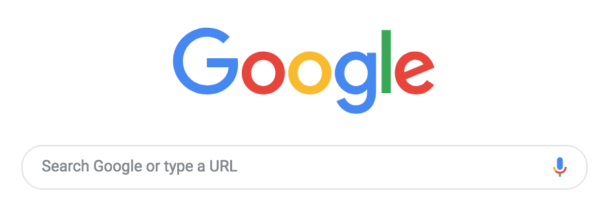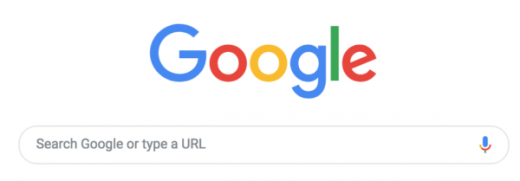SEO Explained to a 5 Year Old
— April 16, 2019
My nephew is 5. He is inherently curious about the world around him.
Why is the sky blue? Why is the grass green? Why can’t I eat dog food?
So many stimulating and thought provoking questions.
Which got me thinking, when he wants to know about the world around him, the simplest explanation is always the best.
I realised that this approach can also be used to help others who don’t yet know about SEO.
So if you’re new to SEO, or know someone who is, this is the resource for you – SEO simplified.
Nothing in life is free.
If you want something, you have to provide something in return.
SEO is something you want. You want it because it provides more people to your website. This is known as traffic.
The more traffic you have the more opportunities you will have to turn their curiosity into a sale.
Google currently experiences 3.5 billion searches each day. In fact, by the time you have read this sentence there have been 200,000 Google searches.
You won’t appear for all of these. But even a fraction of this search volume can provide more business for your business.
Think of it this way. If you had a shop at the end of a busy street, but no one knew you were there, it would be tough to get customers.
You might get a few now and then who wander to the end of the street. But the majority of people would happily stick to the businesses they know.
If you put up an impossible to ignore sign, all the way at the other end of the street, where all the people are, you would start getting attention.
People would start to look at your business, make their way to you, and see what you had to offer.
This is your street.

And SEO is your impossible to ignore sign.
Is SEO a cost-effective marketing strategy?
You can pay for Google Ads or Facebook Ads. Doing so means instantly seeing results too.
But once you stop paying for those ads, your exposure will return to zero. And no one will know about your business unless they already were aware. This means your audience will stay at the size it is and not grow.
In contrast, by putting in the time and effort to optimise your website – this is the technical term for making it more appealing to search engines like Google, you can get those same clicks and traffic.
The difference is, when you pay for Google Ads and Facebook Ads you pay over and over until you decide to stop, in which case your traffic stops too.
But when you pay for SEO you pay an upfront price (often in the form of a monthly retainer) and the traffic continues to arrive, many times compounding year over year.
Even if you decide to stop paying an agency to manage your SEO, if your website is optimised it will continue to rank on search engines like Google, often times with minimal optimisation upkeep from you.
Can you tell me about SEO in the simplest terms?
There are two sides to SEO.
- On-page SEO
- Off-page SEO
On-page SEO is related to the content and HTML source code of your website. Features like the keywords you use, the H1 & H2 tags, as well as the actual content that is written on the page.
Off-page SEO is related to the technical optimisation that occurs off your webpage. This may include backlinks, social shares, and anything that’s not on your actual web page.
To optimise your site for SEO, you’ll need to work on both your on-page and off-page SEO.
There are universal rules to both on-page and off-page SEO. Aspects like placing your chosen keywords in your Header tags is something you have to do if you want to rank for those same keywords.
There are also nuanced aspects of SEO, both on-page and off-page, that will vary based on the industry you exist in.
A good trick is to look at your competitors and copy what they’re doing. If possible, innovate and do even better.
If you have the basics down, then you can focus on getting yourself ahead.
SEO is complex at times, but hopefully this article has shown you it isn’t so confronting when you really break it down to its parts.
Conclusion
SEO can be simplified to two factors. On-site SEO and off-site SEO. Both are vital for your website to rank well on Google, Bing, Yahoo, or any other major search engine.
Some aspects of SEO are universal. While other aspects may differ according to your industry. And there are plenty of valuable guides online to help you turn this baby step into a huge stride towards the top of Google.
As most things in life, seeing what other people do and copying what works is a solid strategy to get started until you feel more comfortable in testing what works for you.
You’re now ready to begin your own SEO adventure.
Comment below if your 5-year old could understand this (you may have a genius on your hands).
Digital & Social Articles on Business 2 Community
(61)


